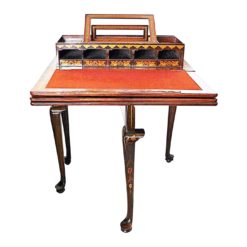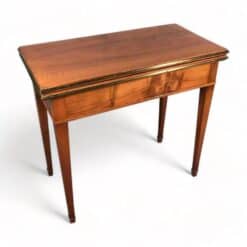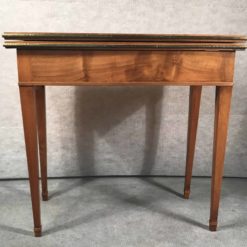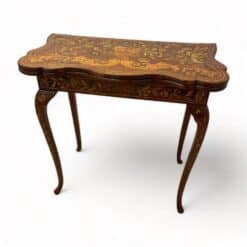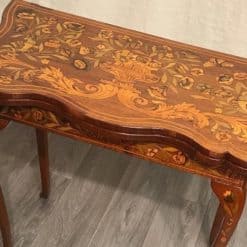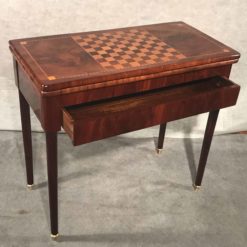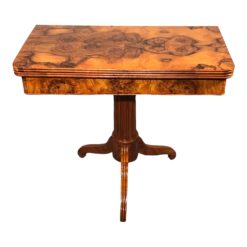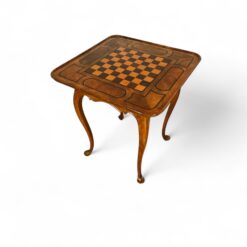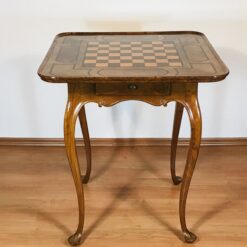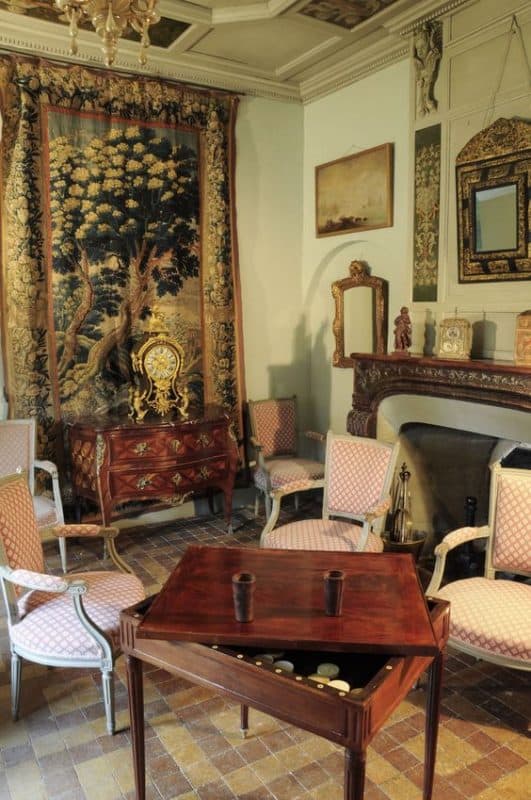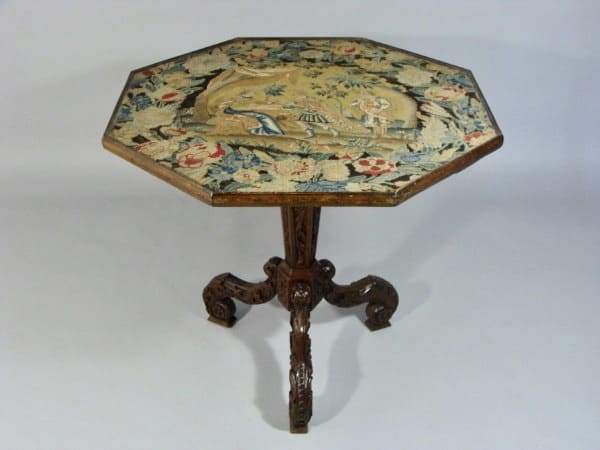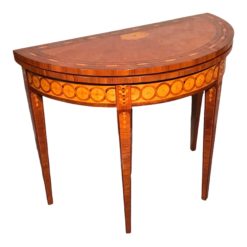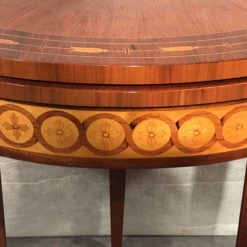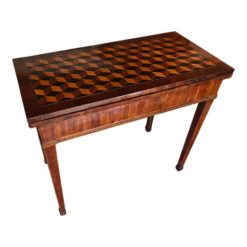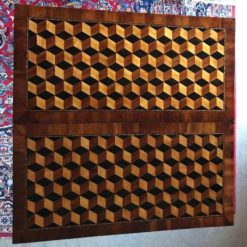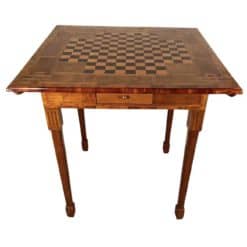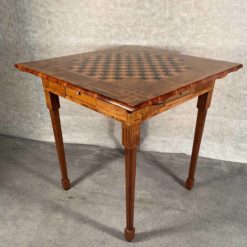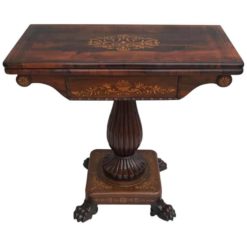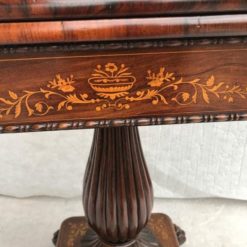Best Sellers
Furniture, Styylish History
Antique Game Table: Origins and Development
The antique game table is a fascinating and versatile piece of furniture, with a rich and varied history.
Television and PlayStations weren’t always the entertainment products of choice. As far back as thousands of years ago, people played board games like backgammon on gaming tables.
Antique game tables and card tables are some of the most interesting pieces we sell here at Styylish. In this post, we’ll cover a bit about the history of this unique piece of furniture, including its early origins and evolving forms over the centuries.
Early Origins
As far back as 3,000 BC, people were playing backgammon in Persia on antique game tables. Variations of the classic tabletop game later spread to Egypt, Rome, Mesopotamia, and China. That aside, what we think of as the “antique gaming table” first began to appear in the 11th century, and evolved in later centuries into the more classic gaming table.
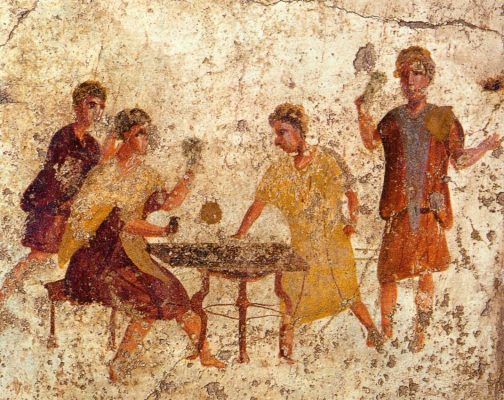
The 17th and Early 18th Century Game Table
The government actually outlawed gaming tables in England during the Elizabethan period. That said, by the later 17th and early 18th century, card tables were becoming extremely common. Needlework tops were extremely common in early antique game tables. This is because they were practical to use when playing. They kept the noise at a minimum and prevented the cards from slipping accidentally at any point. Many needlework panels featured intricate card designs and had slots or recesses to hold chips and money.
The 18th and 19th Century Game Table
Moving into the 18th century, the game table became wildly popular. This is particularly true during the reigns of the later Louis monarchs of France, Louis XIV, XV, and XVI. At the time, nobility and other upper-class citizens were creating specialized rooms in their homes.
Gone were the days of massive halls, transformed into a ballroom or dining room on a moment’s notice. Instead, people followed the style of a large number of smaller, more specialized rooms, where the furnishings were permanent. As a result, they needed more specialized niche furniture offerings, like antique game tables, to adorn these spaces.
Prior to the revolution in France, only the upper aristocracy could afford specialized furniture such as cosmetics dressers, toiletry commodes, and so on. That’s why the game table became incredibly popular. While it technically was a specialized furniture product, it could often accommodate a variety of games, from chess to backgammon to cards. Of course, it could also simply serve as a table to sit around or a side table. It had many, many uses, so even lesser nobility and the middle class began to commission game tables for their homes.
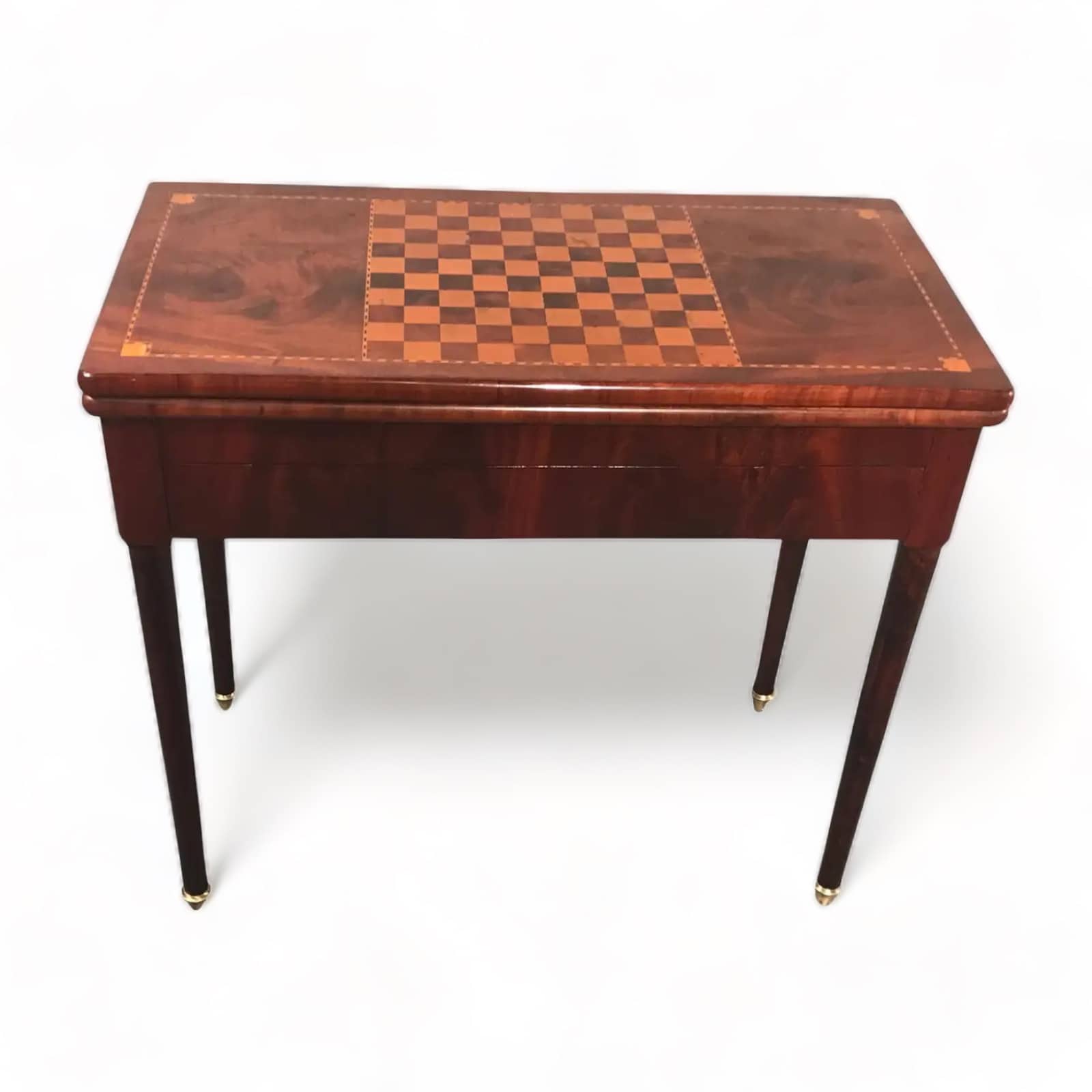
Gambling in the Aristocracy
Since the aristocracy in 18th century France was outlawed from engaging in commercial enterprise, many aristocrats at the time took up gambling. Often, they lost their entire fortunes in rash bidding. Typically, wealthy folk would take their own personal table with them to gambling sessions, which is why foldable tables were so common. Historians actually have evidence that Queen Marie Antoinette was a compulsive gambler herself!
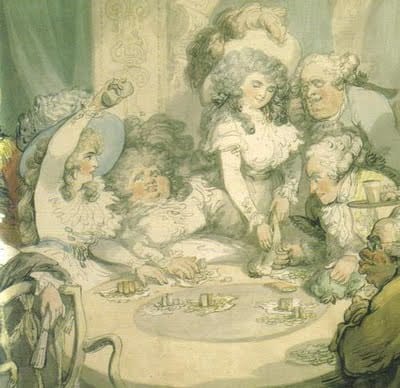
Variations of the Antique Game Table
Perhaps more than any other antique furniture piece, the antique game table comes in a variety of forms. It was commonly built on commission, so the client was specifying size, style, and so forth. Most antique game tables feature a double-sided top. One side sports a gaming board, while the other has tooled leather, or another similar surface which the owner could use to write.
The top board attaches quite loosely in many cases, simply sitting on top, in others it latches down securely. Sometimes it is hinged, like with flip top game tables, sometimes not. In some cases, a desk will have multiple interchangeable top boards stacked on top of each other. In this way, the antique game table accommodates a variety of different board games.
Some game tables feature lobed outset corners to hold candle sticks, while others incorporated hinged legs to store the tables.

Bouillotte Tables
The French game Bouillotte gained popularity in the late 18th century and inspired its own specialized furniture. Bouillotte tables typically featured marble tops, low brass galleries, and paired well with the Bouillotte lamp. These tables embody the elegance of late French design.

The Victorian Era: Card, Loo, and Tea Tables
The Victorian game table often had a single pedestal base or tripod platform. Craftsmen favored rosewood and walnut, fashionable materials at the time.

Another iconic piece was the Loo table, named after the 17th-century card game “lanterloo.” These tables often featured round or oval tops that tilted vertically for storage. Today, the term “loo table” refers broadly to Victorian tilting tables.
Some antique tables combined gaming and tea functions. One polished surface was used for serving tea, while a baize-lined top accommodated games. Secret drawers or compartments were common, used for storing chips or cards.
Biedermeier Game Tables
In the 19th century, Biedermeier furniture brought a simpler, more functional style. Biedermeier game tables often folded out for games but doubled as elegant side tables when closed. Their restrained design makes them a versatile choice for modern interiors.
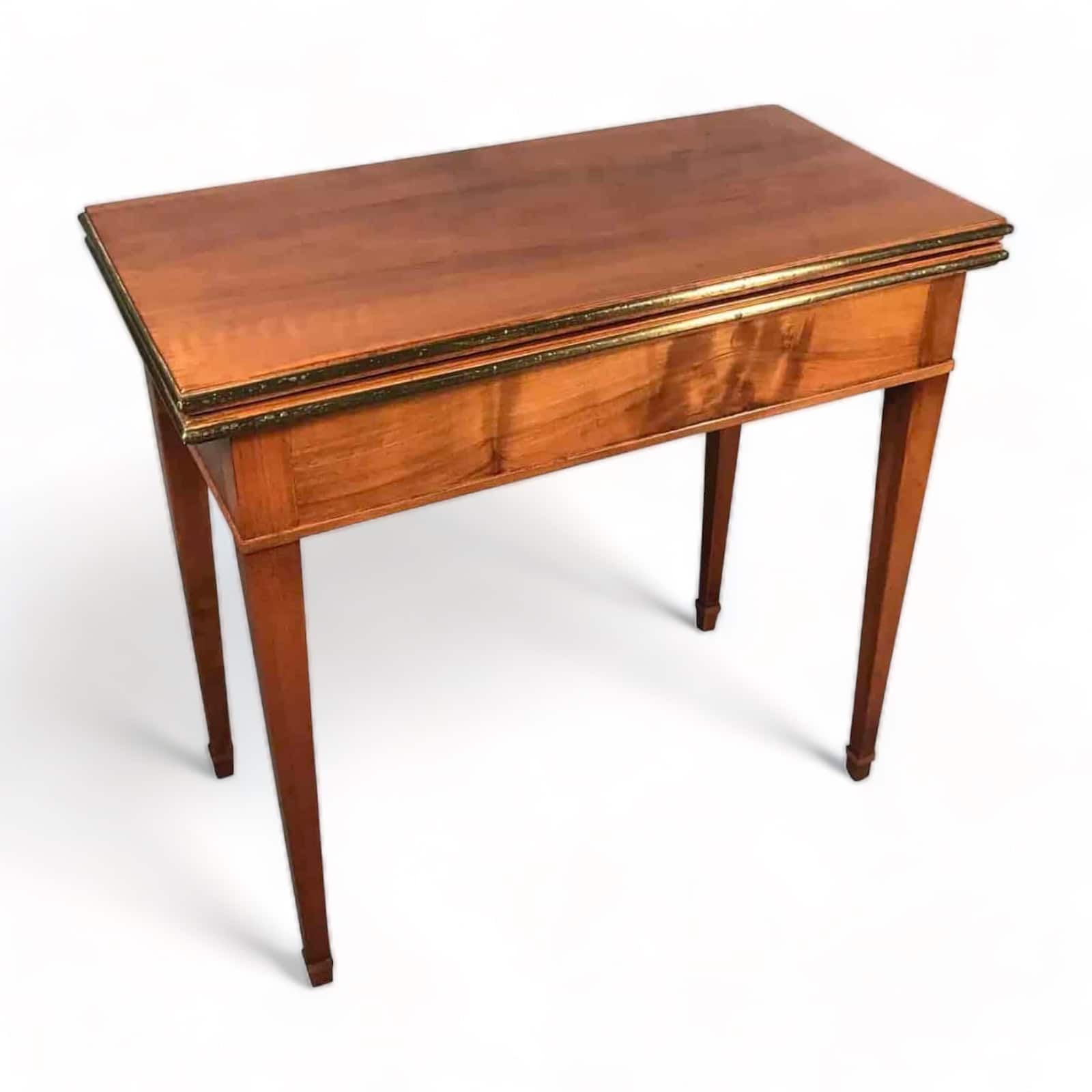
Collecting Antique Game Tables Today
Whether French, English, Dutch, or Biedermeier, antique game tables represent both craftsmanship and social history. Their multifunctionality makes them perfect for today’s homes—serving as conversation pieces, accent tables, or functional gaming stations.
At Styylish, we curate a wide collection of authentic antique game tables. From Louis XVI card tables to Regency and Biedermeier fold-out tables, each piece tells a story of elegance and entertainment.
If you are looking to add timeless charm and versatility to your home, explore our antique game table collection and discover the perfect piece for your interior.

